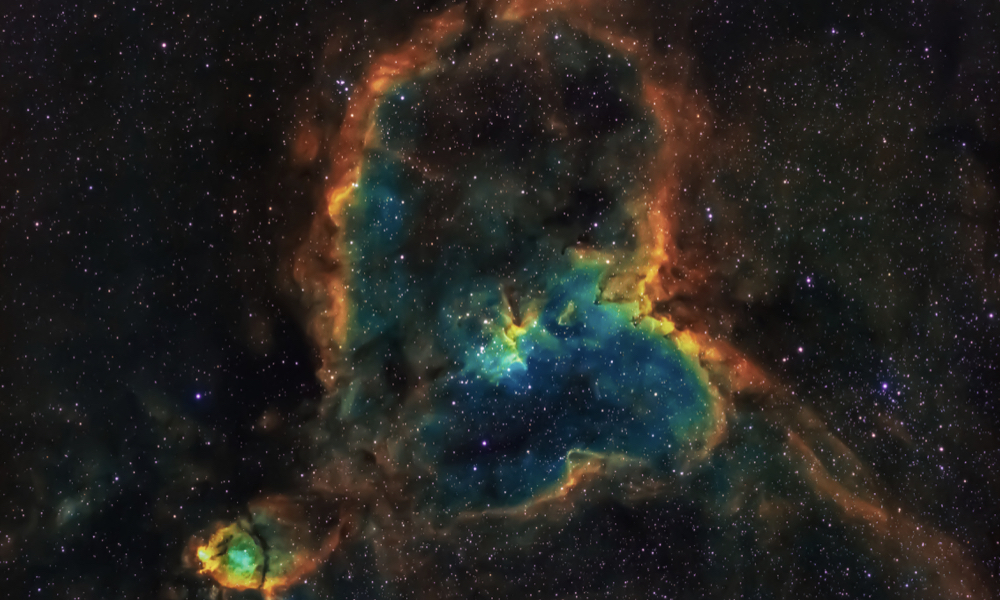
ESA Open Invitation to Tender AO9947
Open Date: 19/08/2019
Closing Date: 04/10/2019 13:00:00
Status: ISSUED
Reference Nr.: 19.155.06
Prog. Ref.: EO-Science for Socie
Budget Ref.: E/E105-E5 – EO-Science for Socie
Special Prov.: AT+BE+CZ+DK+EE+FI+FR+DE+GR+HU+IE+IT+LU+NL+NO+PL+PT+RO+ES+SE+CH+GB+CA+SI
Tender Type: C
Price Range: 200-500 KEURO
Products: Satellites & Probes / Other
Technology Domains: Others
Establishment: ESRIN
Directorate: Directorate of EO Programmes
Department: Science, Applications & Climate Dep.
Division: Data Applications Division
Contract Officer: Boisard, Nathalie
Industrial Policy Measure: N/A – Not apply
Last Update Date: 19/08/2019
Update Reason: Tender issue
It is estimated that over 70% of global freshwater is consumed by irrigation. Irrigated land comprises 1/5 of the worlds cultivated area and supplies 2/5 of the worlds food. Climate change and population growth are expected to further increase the irrigation demand pushing more pressure on available freshwater for food production, and many areas which already experience water scarcity. Therefore, quantitative knowledge on resources used for irrigation is essential for public and private institutions involved in the management of agricultural services and food production that need accurate and timely information for ensuring food and water security. Additionally, information on irrigation at regional and global scales is needed in to better understand and assess the anthropogenic impact on the water and energy cycles and the assess the potential impacts that irrigation practices may have on precipitation and evapotranspiration dynamics. However, the knowledge of irrigation over large areas and over long periods is nearly absent. Most of the existing irrigation datasets are based on statistical surveys or limited to specific and sparse areas. In the last few years, a number of recent studies have shown the emerging potential of remote sensing in mapping irrigation at different scales and different attends to quantify the amount of water used for irrigating from space have been published. The overall purpose of Irrigation+ is to advance towards a quantitative, accurate and routine estimation of irrigation information (i.e., irrigation mapping, quantifying the irrigation amount and detecting the seasonal timing of irrigation) by means of satellite EO, especially capitalizing on the latest advances in EO and the advent of the Sentinel missions in synergy with other data types.The overarching goals of this activity are to:1. Explore, develop and validate novel EO-based algorithms and techniques to better map, quantify and characterize irrigation at local scales in support of water management and agriculture; 2. Explore, develop and validate novel EO-based algorithms and techniques to better map, quantify and characterize irrigation at regional and global scales in support of climate and watercycle studies; 3. Produce local, regional and global temporally-evolving, quasi-operational suite of relevant satellite new experimental products, in view of establishing a solid scientific basis for a potential future operationalization of irrigation observations from space;4. Evaluate the potential impact on science, applications and society of the different products through a number ofimpact assessment studies in collaboration with scientific and operational institutions (Early adopters).This activity represent anESA contribution to the Global Energy and Water Exchanges project of the World Climate Research Programme (WCRP) and it is a directresponse to:1. the WCRP Grand Challenge on Water for the Food Baskets of the World focused on how will a warming world affect available fresh water resources globally, specifically in the food basket regions, and how will it change human interactions with theseresources and their value to society? 2. the 3rd GEWEX goal: Quantifying the anthropogenic influences on the water cycle.
